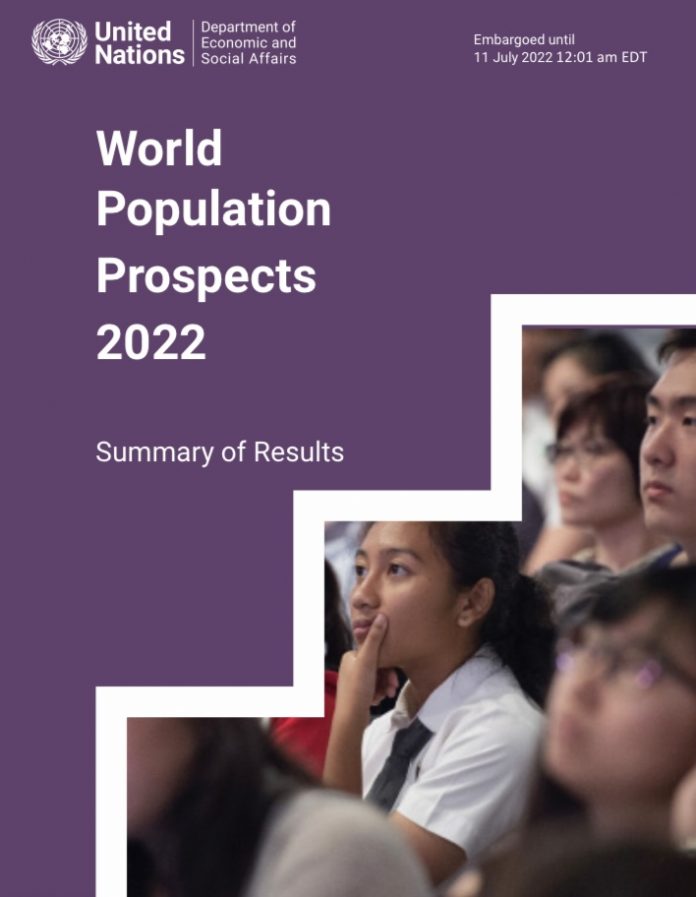New Delhi: India is projected to surpass China as the world’s most populous country by next year, according to a new report released by the UN on the occasion of World population day today.
The United Nations Department of Economic and Social Affairs has released World population prospects 2022 which projected the world population to reach 8 billion on 15 November 2022.
The latest projections by the United Nations also suggest that the global population could grow to around 8.5 billion in 2030, 9.7 billion in 2050 and 10.4 billion in 2100.
World Population Prospects 2022 is the twenty-seventh edition of the official estimates and projections of the global population that have been published by the United Nations since 1951.
This report provides an overview of global population trends focusing on the period from 1950 to 2050 and presents a summary of key demographic prospects during the second half of the present century.
According to a report, “The world’s two most populous regions in 2022 were Eastern and South-Eastern Asia, with 2.3 billion people, representing 29 per cent of the global population, and Central and Southern Asia, with 2.1 billion. China and India accounted for the largest populations in these regions, with more than 1.4 billion each in 2022.”
More than half of the projected increase in global population up to 2050 will be concentrated in just eight countries: the Democratic Republic of the Congo, Egypt, Ethiopia, India, Nigeria, Pakistan, the Philippines and the United Republic of Tanzania. Disparate growth rates among the world’s largest countries will re-order their ranking by size, the report said.
The report further said, “India is projected to surpass China as the world’s most populous country during 2023.”
Countries of sub-Saharan Africa are expected to continue growing through 2100 and to contribute more than half of the global population increase anticipated through 2050.
Whereas the populations of Australia and New Zealand, Northern Africa and Western Asia, and Oceania (excluding Australia and New Zealand) are expected to experience slower, but still positive, growth through the end of the century, the populations of Eastern and South-Eastern Asia, Central and Southern Asia, Latin America and the Caribbean, and Europe and Northern America are projected to reach their peak size and to begin to decline before 2100.
The 46 least developed countries (LDCs) are among the world’s fastest-growing.
Many are projected to double in population between 2022 and 2050, putting additional pressure on resources and posing challenges to the achievement of the Sustainable Development Goals
(SDGs), it said.
For many countries and areas, including some small island developing States (SIDS), the challenges posed by rapid growth are compounded by their vulnerability to climate change and sea-level rise, the report added.








